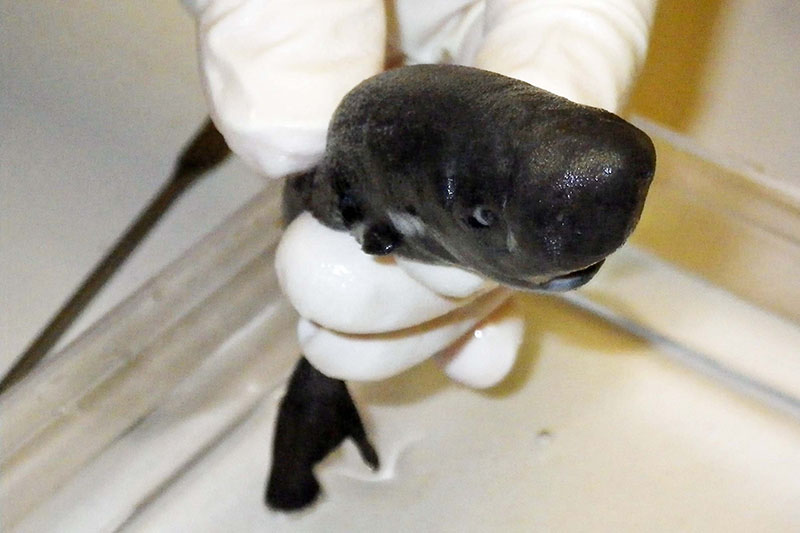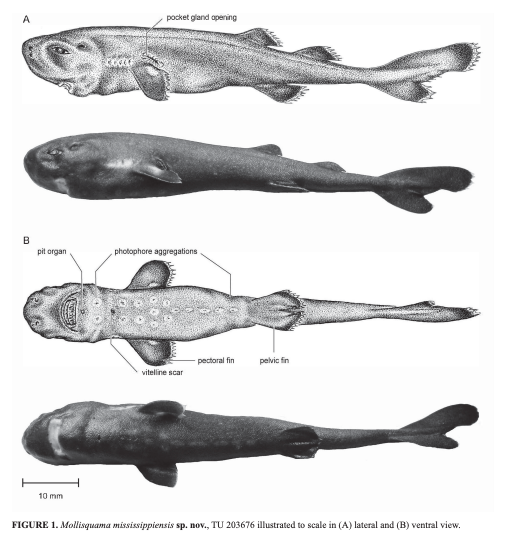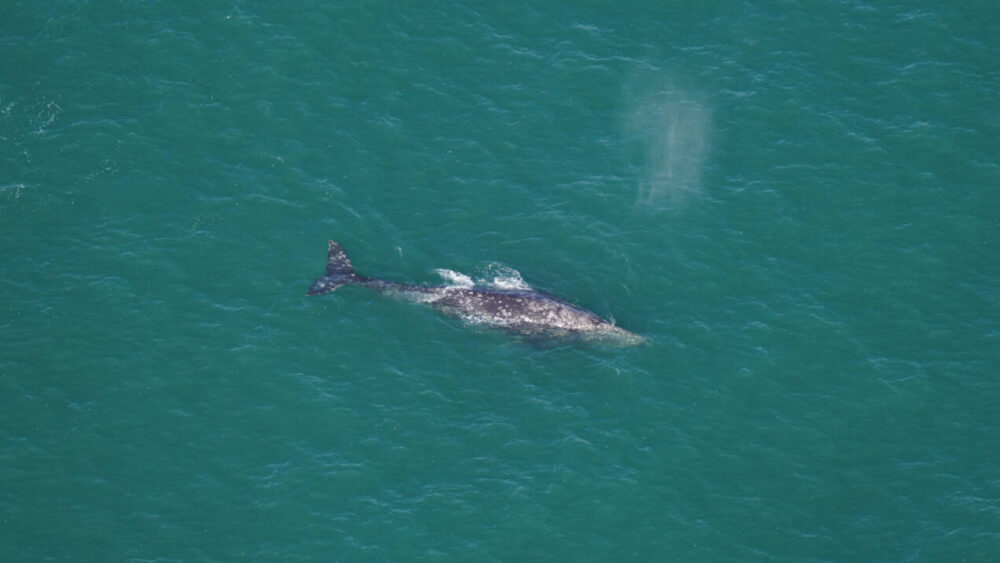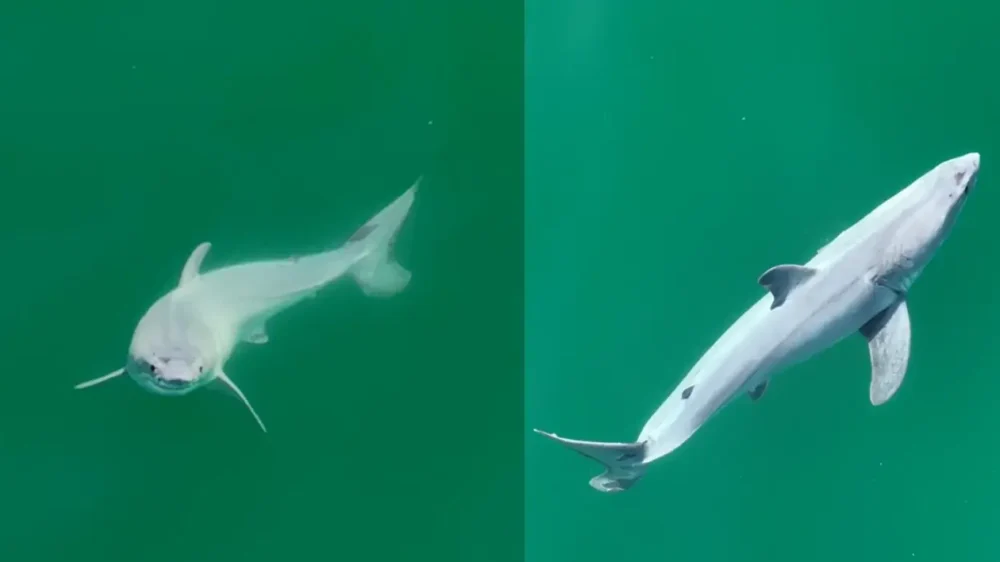Scientists discovered tiny, glow-in-the-dark pocket sharks in the Gulf of Mexico
They’re small. They glow in the dark. They have little pockets on their bodies.
No, it’s not the latest toy or gadget to hit store shelves — it’s a new species of shark that scientists discovered in the Gulf of Mexico.
These little creatures smash all of the normal shark stereotypes. The American Pocket Shark (scientific name: Mollisquama mississippiensis) measures less than six inches in length. You might even call it downright cute!
Scientists originally picked up the pocket shark back in 2010 while researching what Gulf of Mexico sperm whales eat in that region. Apparently, this little shark was among the catch during a trawling expedition. However, it took researchers more than three years to go through and identify everything that they had caught.
During the identification process, Mark Grace, an ichthyologist (fish scientist) from the National Oceanic and Atmospheric Administration, came across a specimen unlike any he’d seen before.
“I’ve been in science about 40 years. … I can usually make a pretty good guess'” about a marine animal’s identity, Grace told the Associated Press. “‘I couldn’t with this one.'”
Researchers identified the creature as a male pocket shark in 2015, but only recently deemed it a different species than the only other pocket shark that had been catalogued. Grace told Tulane University, where the new specimen now resides, that this pocket shark is only the second one in history to have been collected.
“Both are separate species, each from separate oceans,” he said. “Both are exceedingly rare.” (The other pocket shark is a female, was found in the Pacific Ocean in 1979 and is housed in a zoological museum in Russia.)
This new species of pocket shark differs due to having fewer vertebrae and different teeth. Both species of pocket sharks, however, are able to product light on their bellies and backs. They also release bioluminescent fluid — hence why they are considered “glow-in-the-dark” — from pockets located on either side of their gills. This is a method for seducing prey.
Henry Bart, the director of the Tulane Biodiversity Research Institute, said this rare find shows the scientific world how much there is left to discover in our seas.
“The fact that only one pocket shark has ever been reported from the Gulf of Mexico, and that it is a new species, underscores how little we know about the Gulf — especially its deeper waters — and how many additional new species from these waters await discovery,” Bart said.







